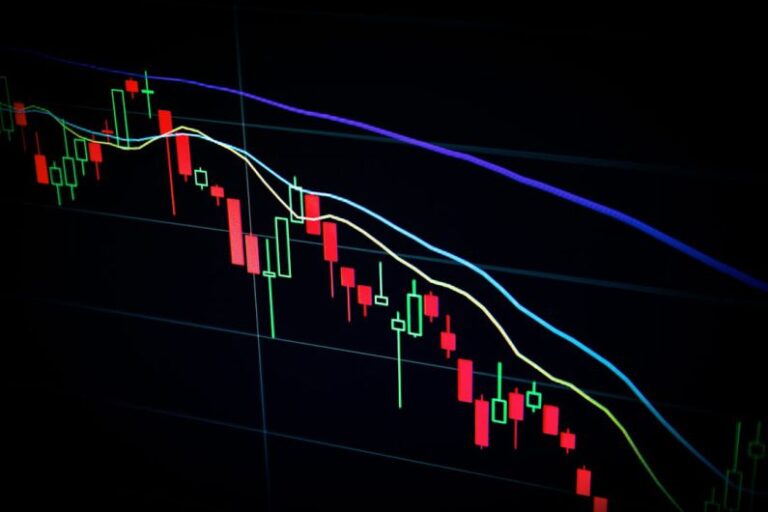Implementing a Sustainable Supply Chain
In today’s ever-evolving business landscape, the concept of sustainability has become increasingly important across all industries. As consumers become more environmentally conscious, companies are under pressure to adapt their practices to reduce their carbon footprint and minimize their impact on the planet. One key area where businesses can make a significant impact is through the implementation of a sustainable supply chain.
**Understanding the Importance of a Sustainable Supply Chain**
A sustainable supply chain encompasses the entire lifecycle of a product, from sourcing raw materials to production, distribution, and end-of-life disposal. The goal is to create a system that is environmentally friendly, socially responsible, and economically viable. By focusing on sustainability throughout the supply chain, companies can not only reduce their environmental impact but also improve their reputation, attract environmentally conscious customers, and even drive cost savings in the long run.
**Benefits of Implementing a Sustainable Supply Chain**
Implementing a sustainable supply chain offers a wide range of benefits for companies. Firstly, it can help reduce operational costs by optimizing processes, reducing waste, and improving resource efficiency. By using sustainable materials and energy sources, companies can also enhance their brand reputation and appeal to a growing market of eco-conscious consumers. Moreover, a sustainable supply chain can help mitigate risks associated with climate change, regulatory compliance, and supply chain disruptions, ensuring long-term resilience and competitiveness.
**Key Strategies for Building a Sustainable Supply Chain**
There are several key strategies that companies can adopt to build a sustainable supply chain. One of the most important steps is to conduct a thorough assessment of their current supply chain practices to identify areas for improvement. Companies should then set clear sustainability goals and develop a roadmap for achieving them. This may involve working with suppliers to ensure they meet certain environmental and social standards, investing in renewable energy sources, or redesigning products to be more environmentally friendly.
**Collaboration and Transparency in the Supply Chain**
Collaboration is essential for building a sustainable supply chain. Companies should work closely with suppliers, customers, and other stakeholders to share best practices, exchange knowledge, and drive innovation. By fostering transparency and open communication throughout the supply chain, companies can identify potential risks and opportunities, work together to find solutions, and create a more sustainable and resilient system.
**Measuring and Monitoring Progress**
Measuring and monitoring progress is crucial for the success of a sustainable supply chain initiative. Companies should establish key performance indicators (KPIs) to track their environmental and social impact, set targets for improvement, and regularly report on their progress. By collecting data and analyzing performance metrics, companies can identify areas where they are excelling and areas where they need to improve, enabling them to make informed decisions and drive continuous improvement.
**The Road Ahead: Building a Sustainable Future**
As the world continues to face environmental challenges such as climate change, resource depletion, and pollution, building a sustainable future is more important than ever. Implementing a sustainable supply chain is a key step that companies can take to reduce their environmental impact, drive innovation, and create long-term value for their business. By adopting a holistic approach to sustainability, collaborating with partners, and measuring progress, companies can build a resilient supply chain that not only benefits the planet but also their bottom line. By prioritizing sustainability, companies can future-proof their business and contribute to a more sustainable world for generations to come.






